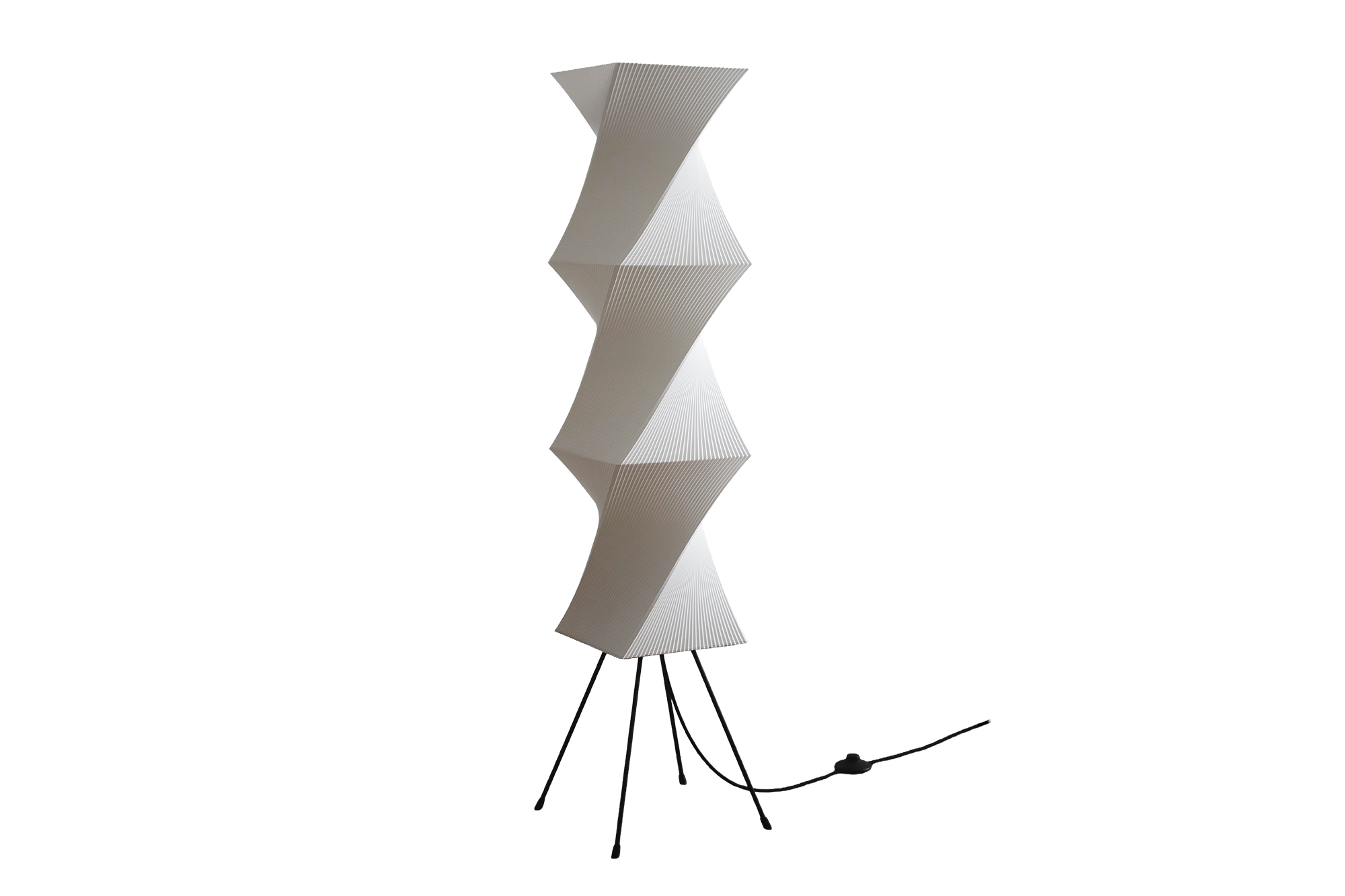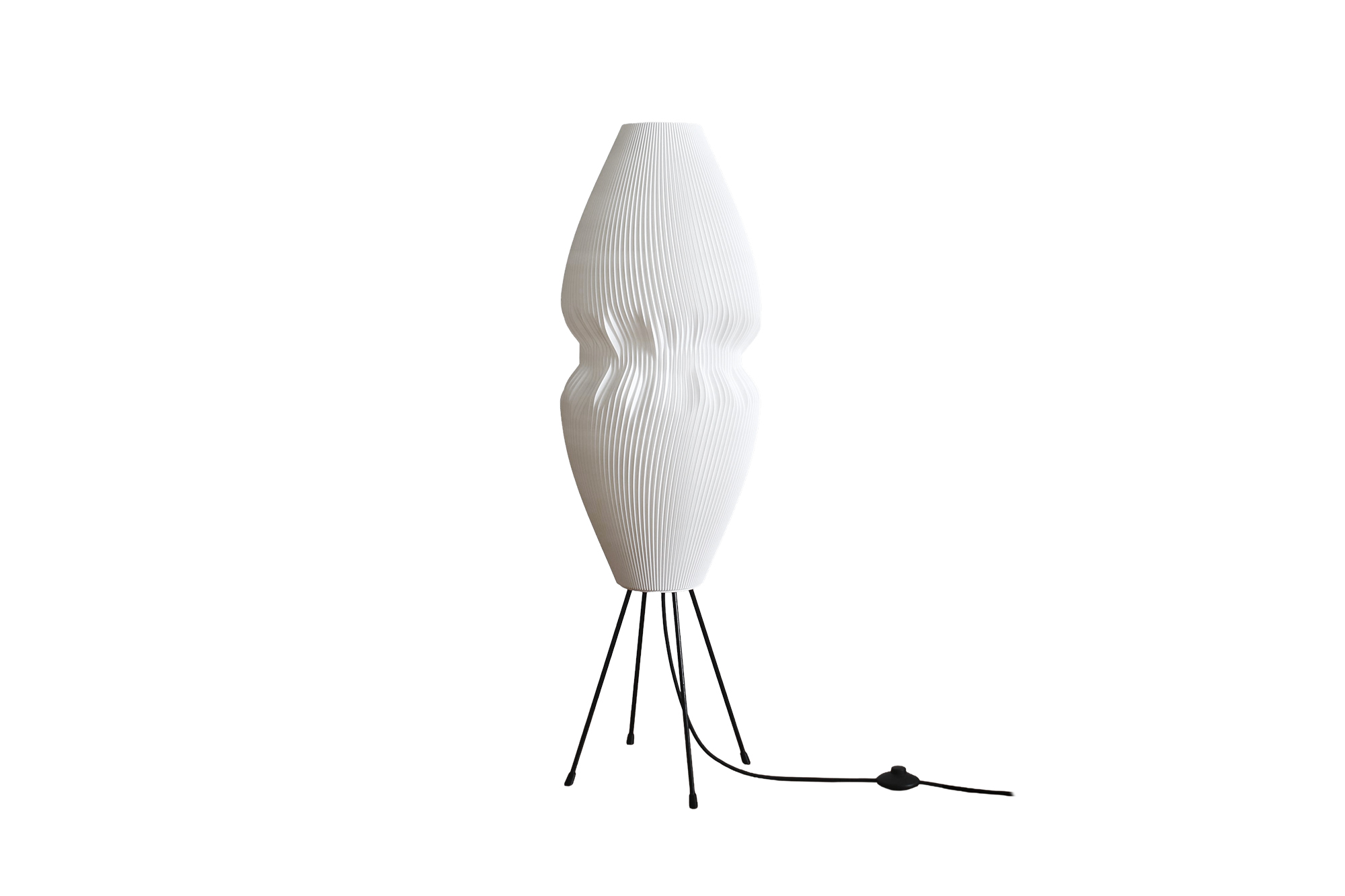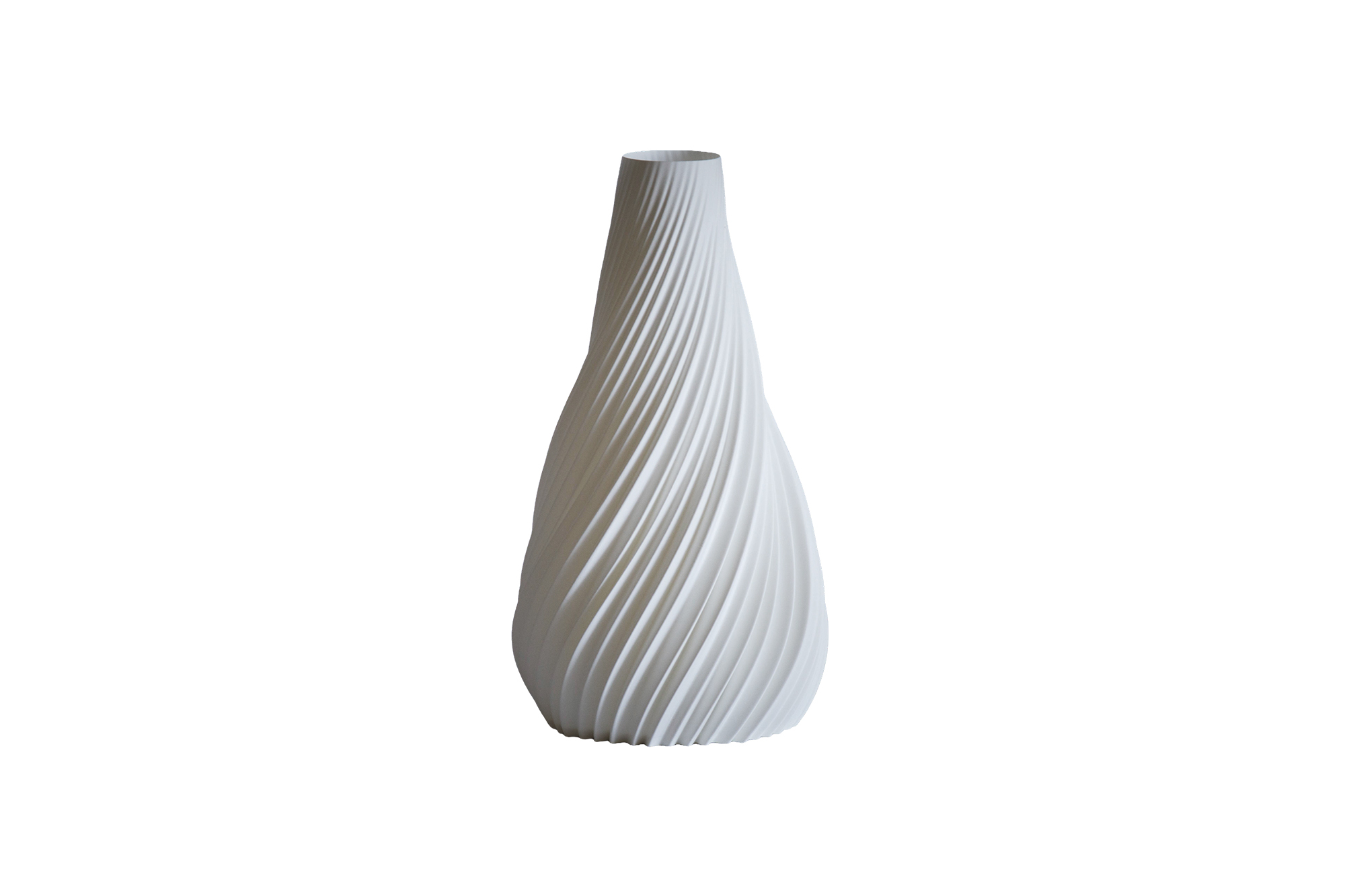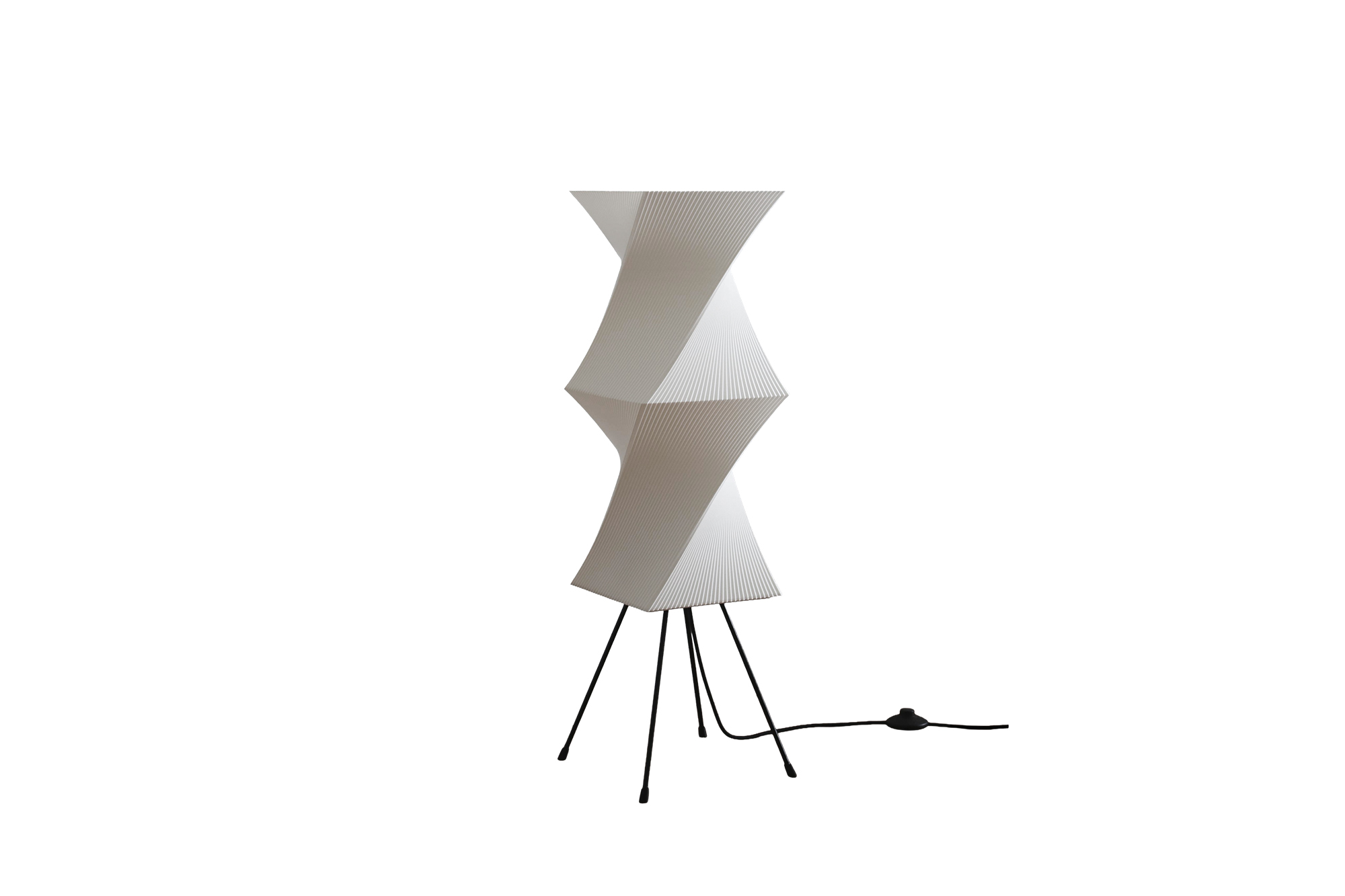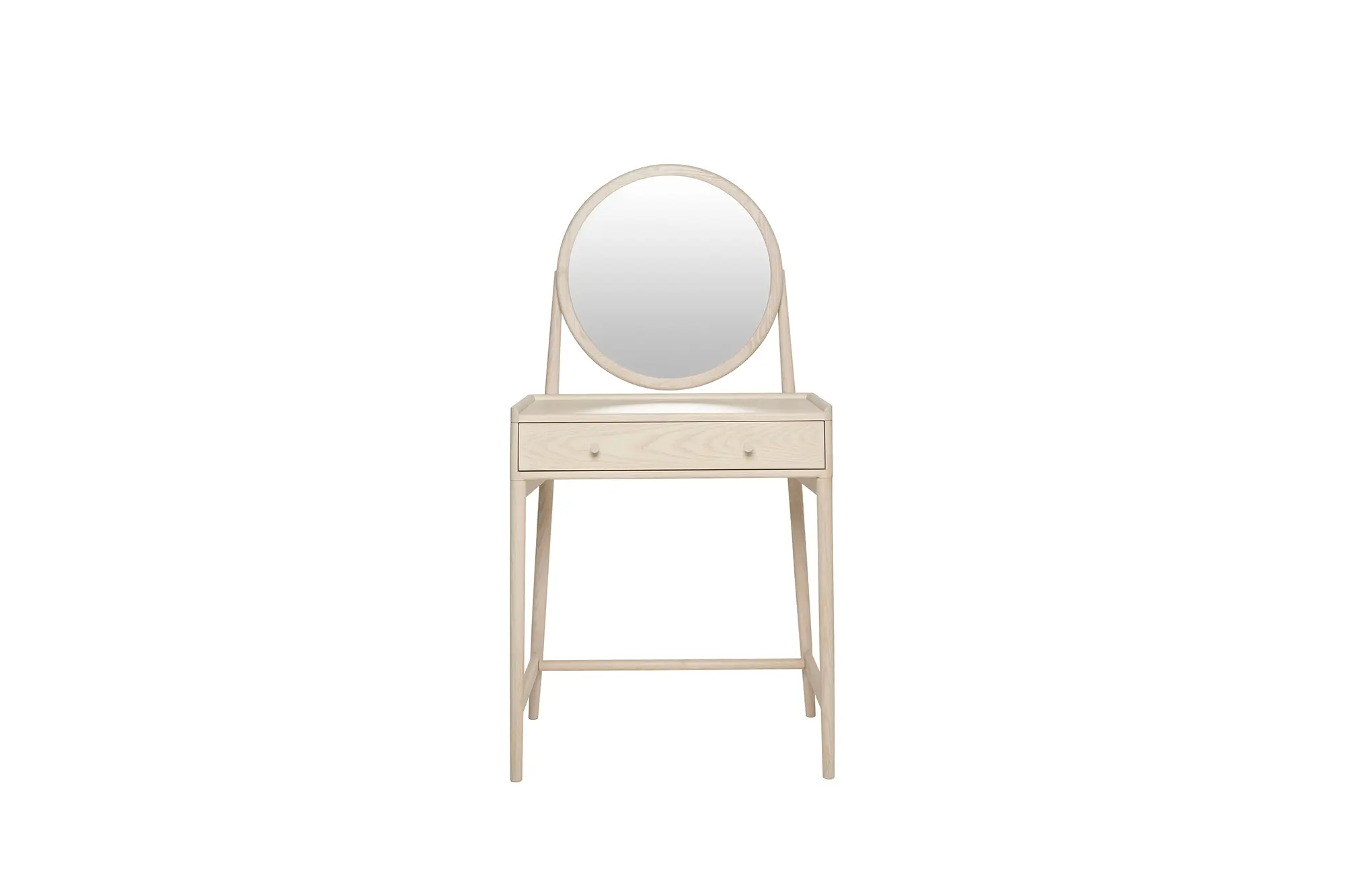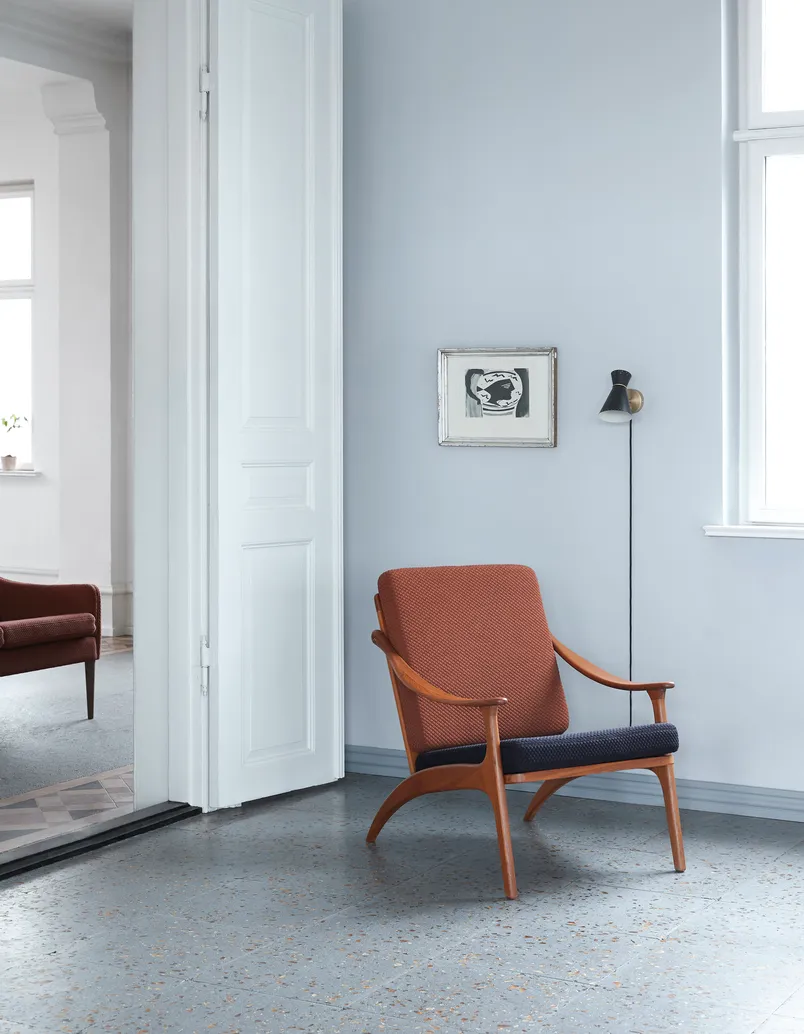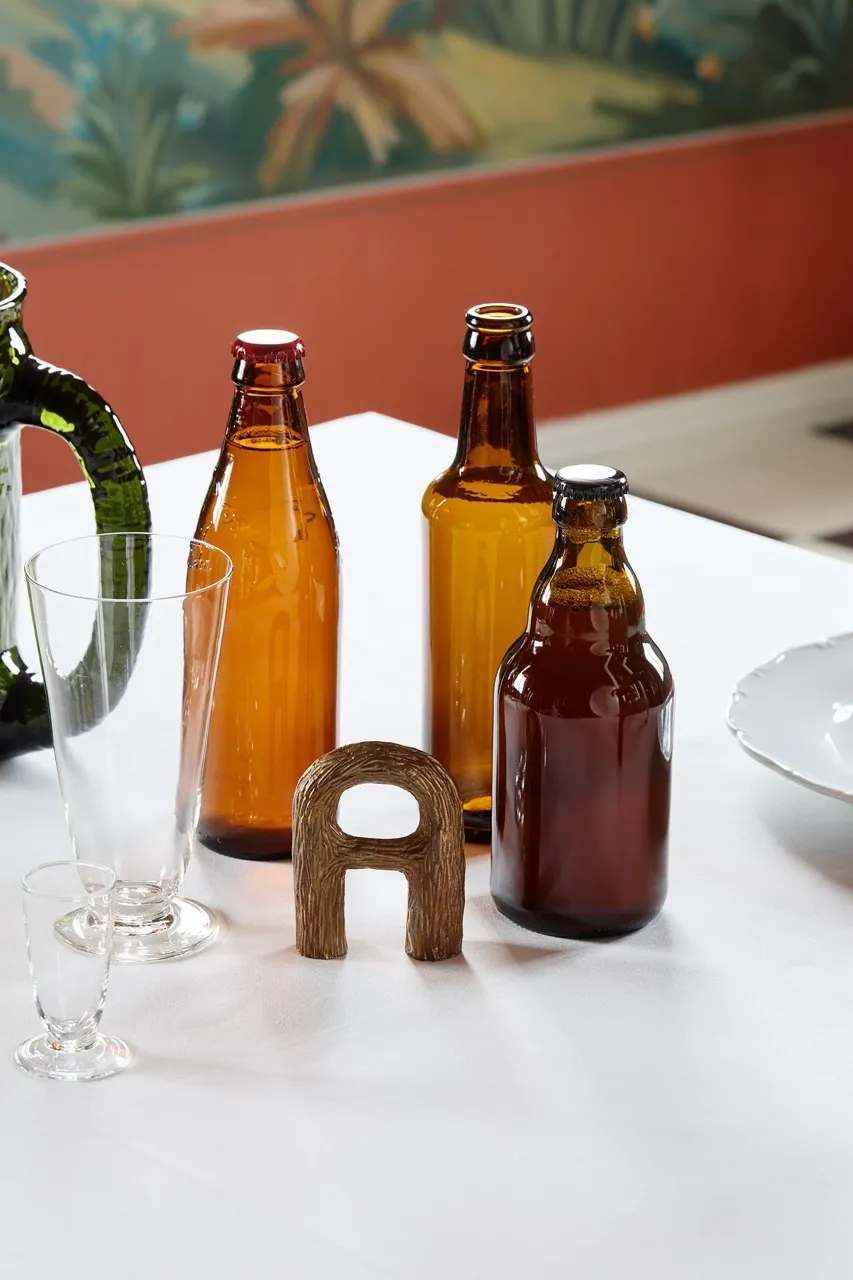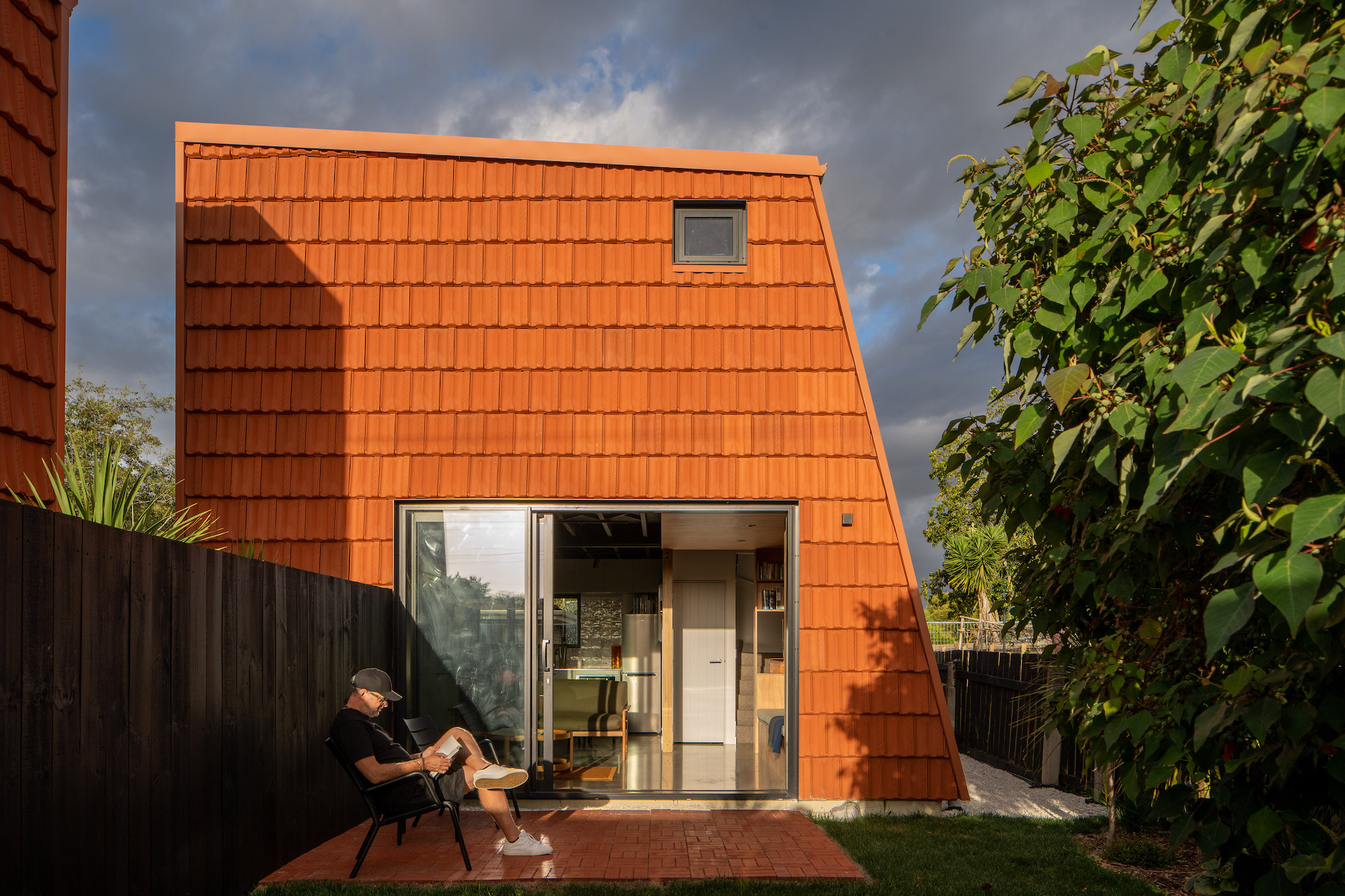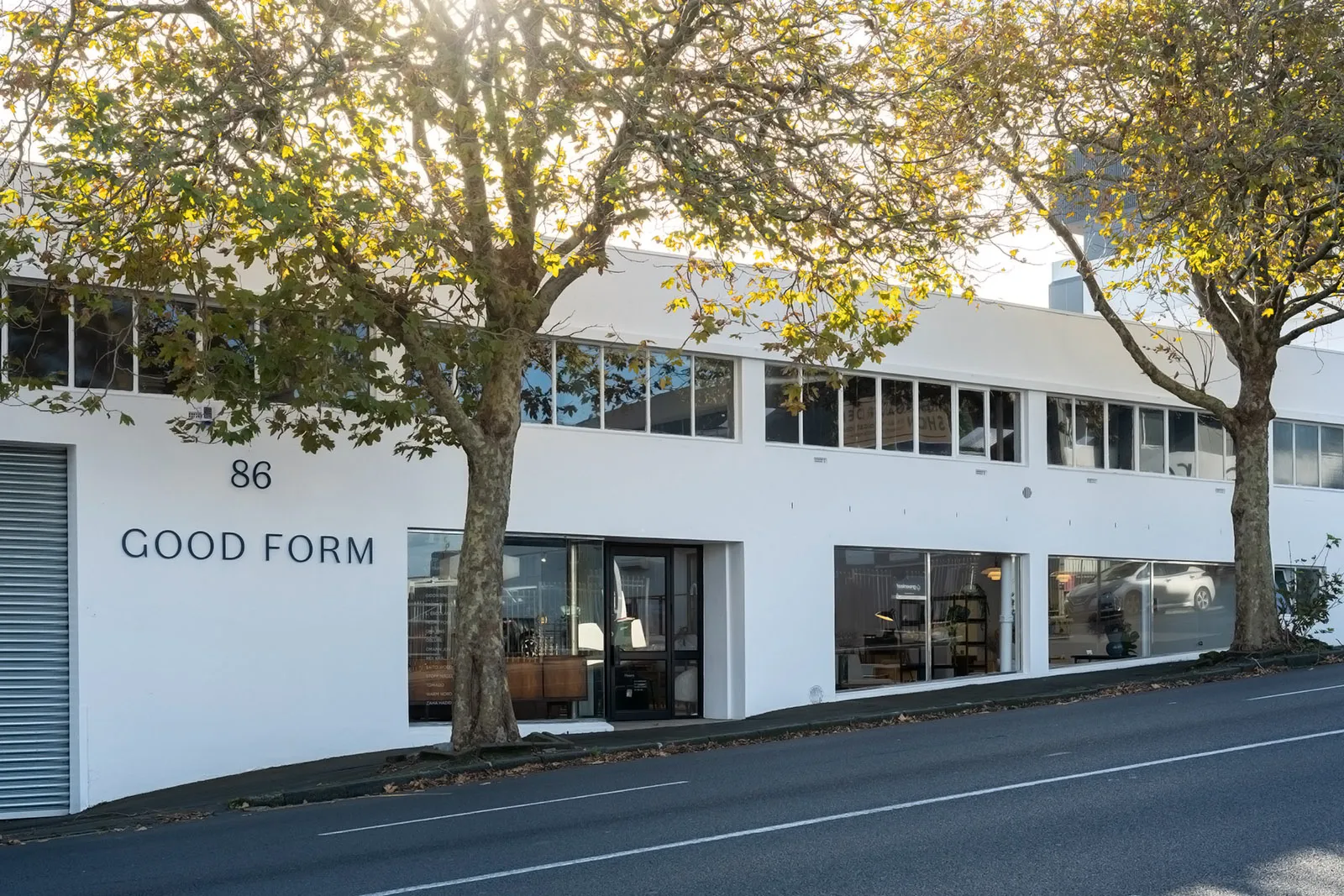We’re honoured here at Good Form to show your ceramics. They add a clean, contemporary feel to our gallery and work well with our vintage mid-century pieces. Would you say Modernism as a movement has influenced your work? If so, how?
Gidon – Yes. Some of my early training took place in modernist sculpture studios and ateliers – although most of the Modernist precepts and ideas that still appeal to me, like purity of form, geometric abstraction and balanced asymmetry etc, aren’t exclusive to the modern movement, some great examples are found in antiquity, like early Japanese Sengoku, or Mycenaean objects – works like these have an essential simplicity and timelessness that makes them truly modern.
Any strand of the Modern movement that particularly inspires you?
Yes many – European Avant Garde, Malevich’s Suprematism, aspects of Primitivism, the concrete work of the Dadaists among others.
Gidon Bing is an Auckland based sculptor and designer who works from a modest boatshed atelier and basement studio. His work has become highly coveted both locally and internationally with collections featured in Selfridges of London, Milan's Salone del Mobile and other high-profile galleries.
Despite having a relatively delicate footing this simple and essential vase has a low centre of gravity, perfect for both tall and short floral arrangements. It perfectly showcase Gidon’s bold, reductive and expressive aesthetic. A refined work of art, each piece is unique, expressing the subtle nuance of the creative process.

What are some of your biggest influences? Are they the same across mediums (ceramics, print and design)?
I'm often inspired/influenced by traditional Japanese sensibilities and proportion across all mediums but particularly in ceramics, interiors/furniture. Material properties, process and playful experimentation are a huge influence particularly with sculpture and ceramics
You come from a family with a history of architecture and design, can you tell us a bit about that? What inspires you most to create?
Yes – my family have a rich history, on both sides. One side was centrally involved in the Avant Garde architectural movement at its inception and the other was connected to the introduction of Japonism to Europe and the development of Art Nouveau and Impressionism.
I'm inspired by many things – people with a passion for and skill in deep craft, working with fine materials and discovering new processes/treatments – my 83 year old good friend and master printer who is still innovating and having fun in the studio.
When creating a new design how would you describe your process?
It differs a bit across mediums – but in general I would describe my process or approach as reductive, I try to create the most simple design possible and work to refine and simplify it without compromising on function or composition until I reach an optimum – usually best achieved by not taking things too seriously and maintaining a sense of play.
Art and business are not mutually exclusive anymore, if the two ever were. How do you think this affects your work overall?
Much the same way it effects most creative work, if there is a commercial component then you are trying to both meet the market and create sustainable value/economies for the client and produce something that has integrity.
Is it something you are conscious of when conceptualising new projects or works?
Yes – economy, both material and spatial and good design principles are indivisible probably more so for product than art.
Dan and Emma recently worked with you on an architectural update to our gallery space. It’s a departure from what you are known for, as a ceramicist and artist. How did you find this process?
Loved it – a challenge of balancing technically functional/modular elements and what we wanted to be a kind of understated modesty in the design. Most of my past interior work has been residential although this wasn’t my first retail space – I've actually been designing built in and freestanding furniture for 25+ years – I'm currently completing an off grid mountain house project for a friend and am in early stage discussions re involvement in a housing development project.
Do you have any words of wisdom for artists and designers here in New Zealand trying to make a living from their work?
I'm not sure I’m in a position to offer advice – but I think it's helpful to continue to learn all you can from seasoned practitioners and at the same time not take so called expert opinions as gospel.







